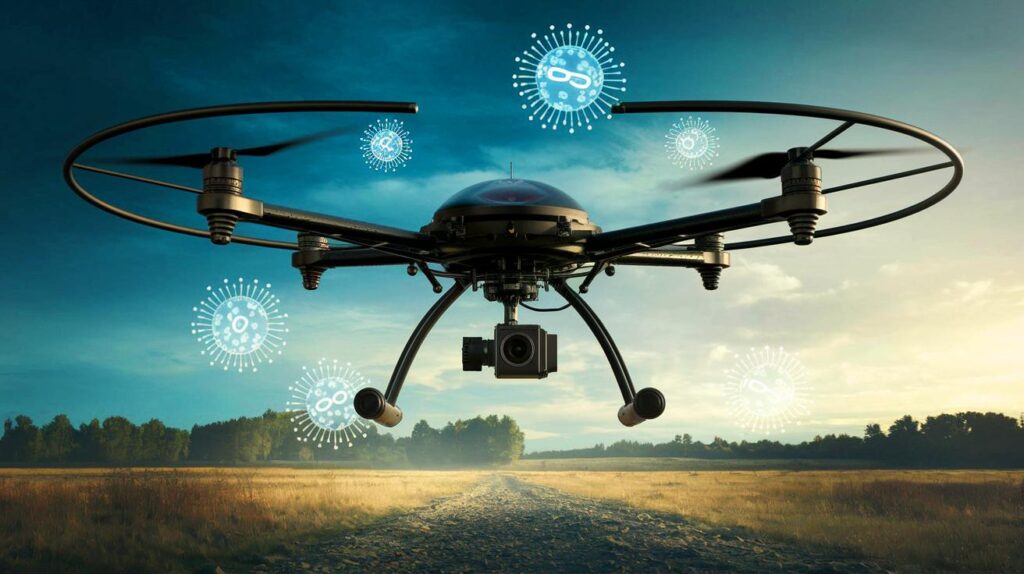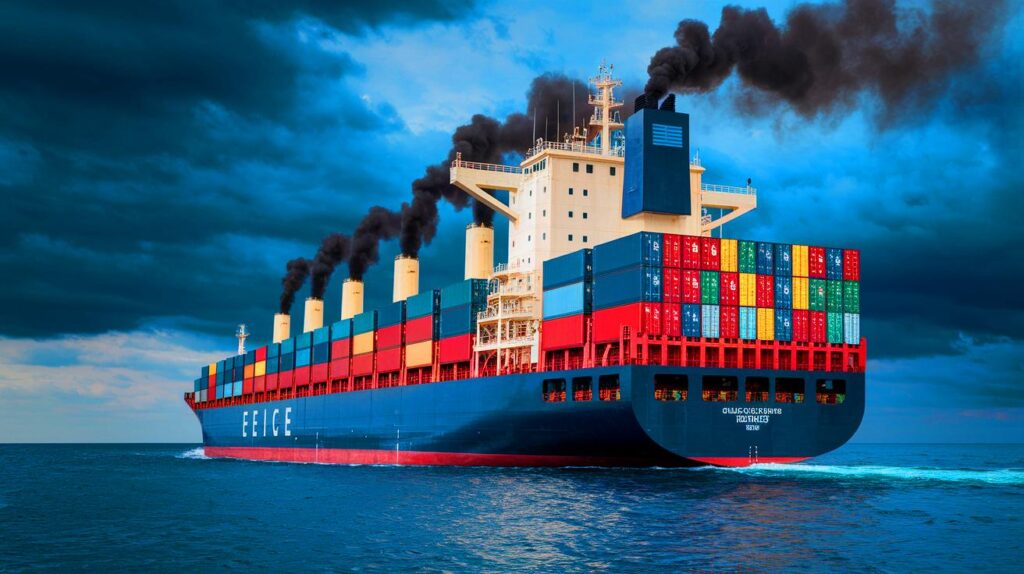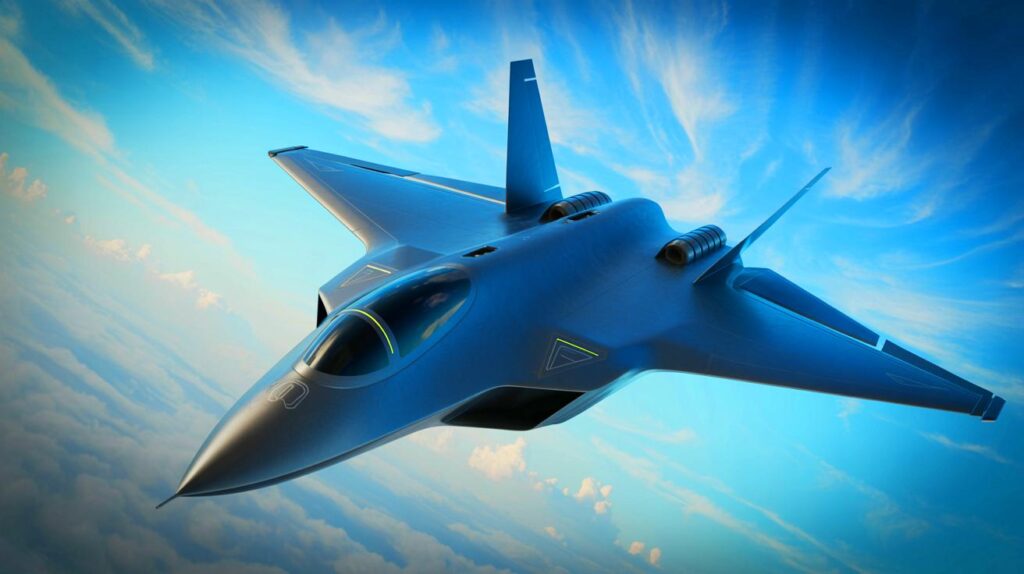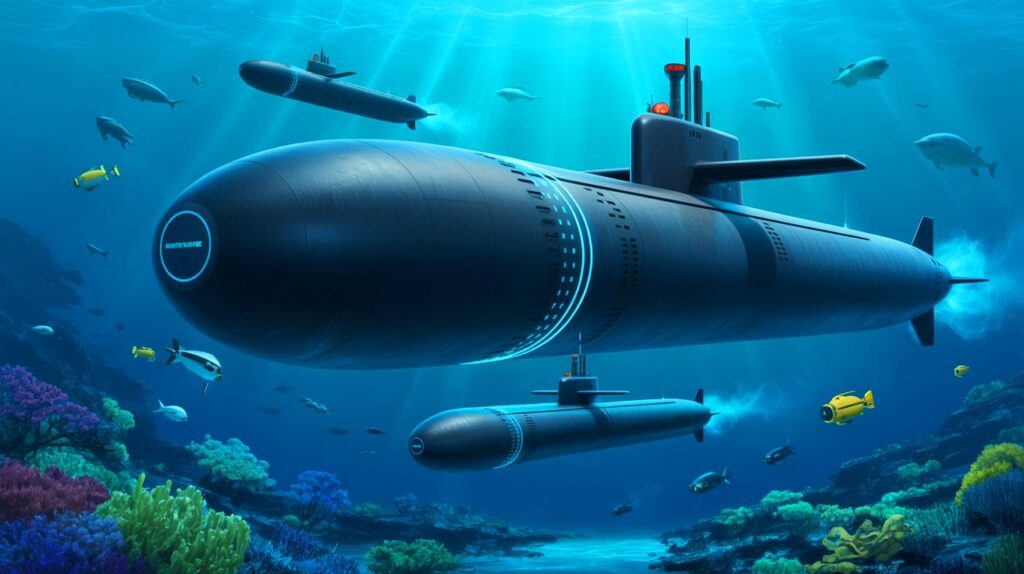| In Brief |
|
In the vastness of space, thermal management for spacecraft is crucial to ensure their proper functioning and longevity. A promising new development has emerged from researchers in China: a smart and transparent coating called TSRD (Transparent Smart Radiation Device). This device is designed to regulate the extreme temperatures that solar panels on spacecraft endure. As the technology advances from the conceptual stage to practical testing, it promises to optimize energy efficiency and reduce the risk of component failure. Let’s explore the details of this innovation and its potential impact on space exploration.
Thermal Challenges of Space
Faced with the extreme conditions of space, spacecraft must contend with significant thermal fluctuations that threaten their performance and stability. Variable emissivity coatings present an effective solution to tackle these thermal challenges. Researchers have pointed out that achieving a balance between high visual transparency and effective thermal radiation control remains a significant challenge, especially for applications such as solar cells on spacecraft.
Researchers from Northwest Polytechnical University and Shandong Advanced Technology Institute have introduced the TSRD, a coating that utilizes the unique properties of vanadium dioxide (VO₂). This material intelligently adjusts its thermal radiation based on temperature fluctuations, providing a sophisticated solution to the extreme thermal cycles encountered in orbit.
Innovation Based on Vanadium Dioxide
The innovation relies on the ability of VO₂ to transition from an insulating state to a metallic state at 68°C, resulting in significant changes in its optical behavior. Through rigorous simulations, the team identified an optimized layered structure incorporating indium-tin oxide and silver, demonstrating superior performance in transmitting solar light while effectively regulating heat emission.
The resulting coating has shown high transparency across variable temperatures, minimal absorption of solar heat, and significant modulation of infrared emission for effective cooling. The TSRD is designed to perform under the complex environmental conditions of space, where the phase transition characteristics of VO₂ at high temperatures may be affected by oxidation or other chemical reactions.
Potential to Improve Spacecraft Energy Systems
This advancement could significantly enhance the performance and longevity of solar panels on spacecraft, which are essential for powering satellites and deep-space missions. By maintaining more stable operating temperatures, the TSRD could lead to increased energy conversion efficiency and a reduced risk of component failure due to thermal stress.
The research team is now moving towards practical applications, with plans to rigorously manufacture and test TSRD prototypes under simulated space conditions. This work offers a promising strategy for multispectral modulation and an effective solution for thermal management of solar cells on spacecraft.
Implications for the Future of Space Exploration
The successful implementation of the TSRD could open new avenues for human space exploration. By enhancing the energy efficiency of spacecraft and extending their lifespan, this technology could lower mission costs and enable further and longer exploration. Innovations like the TSRD demonstrate how scientific research continues to push the boundaries of what is possible in space.
As we continue to explore the edges of our universe, how will these technological advancements transform our understanding and ability to interact with deep space?







